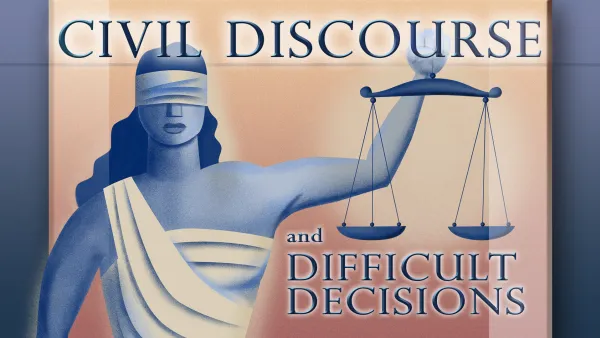Apply the Texas v. Johnson free speech and flag burning decision to a high school scenario. Does the First Amendment protect – as symbolic speech – taking a knee during the national anthem?
What’s Different About This Activity?
- Teaches a Landmark Case and Makes It Relevant
- Incorporates Current Student Issues, i.e., Taking a Knee at Sporting Events
- Ready in 30 Minutes
- Involves Every Learning Style
- Centerpiece is Jury Deliberations
How to Use These Resources
- Start Here. The Activity Download is the place to find the web resources formatted as courtroom- and classroom-ready handouts.
- Modify. Choose from the optional civil discourse activities that can be incorporated into the agenda.
- Read. Have students read the facts and case summary and the fictional scenario about the kicker on a high school football team who risks her future to exercise her First Amendment rights.
- Analyze. Assign student attorneys to the two sides of the case and the issues listed in the talking points.
- Deliberate. All other students are jurors who deliberate in a courtroom fishbowl activity. The judge, volunteer attorneys, and student attorneys observe as the jurors deliberate in a large group or smaller groups. Due to time constraints, the verdict doesn’t have to be unanimous.
- Reflect. Students can respond to the discussion questions verbally or in writing.
Background: Texas v. Johnson
United States v. Eichman, 496 U.S. 310 (1990) The Johnson decision only affected a Texas state law. In the wake of the decision, the federal government enacted a law that also prohibited flag burning. In order to try to get around constitutional challenges, the law prohibited all types of flag desecration, with the exception of burning and burying a worn-out flag, regardless of whether the action upset others. The Supreme Court held that this did not cure the constitutional defect and the same 5-4 majority from Johnson held that the law still impermissibly discriminated upon viewpoint and struck it down.
Learn Civil Discourse Skills
Integrate civil discourse skills and evidence-based decision making into this realistic courtroom simulation.

